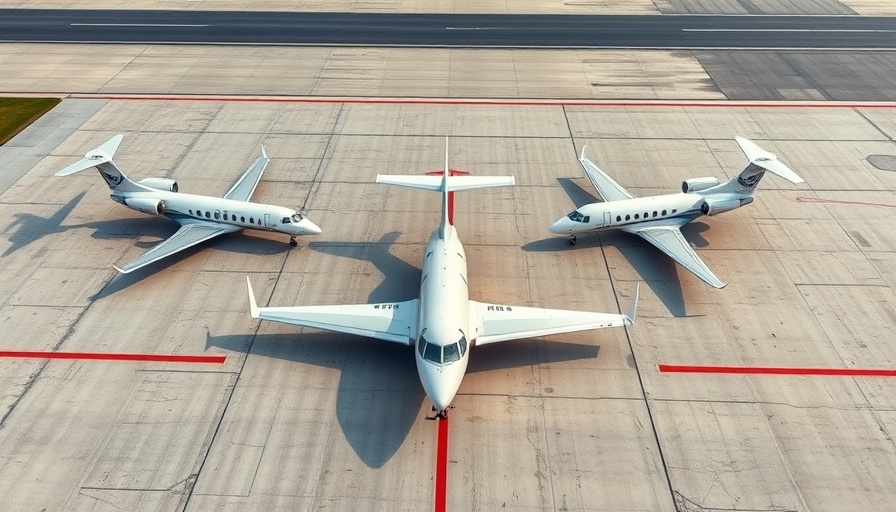
A Tragic Incident at Scottsdale Airport
On February 10, 2025, tragedy struck at Scottsdale Airport in Arizona when a Learjet 35A, arriving from Austin, Texas, collided with a parked Gulfstream G200. The incident, which occurred under clear weather conditions, resulted in the tragic death of the pilot and serious injuries to several others, including passengers aboard both aircraft.
The Investigators Take Action
The National Transportation Safety Board (NTSB) is currently focused on the malfunctioning landing gear as a likely cause of the crash. Preliminary reports revealed that video footage showed the left main landing gear trailing and not positioned correctly for landing. This crucial detail has raised alarms, and investigators are delving deeper into how such a failure could occur without any communication from the flight crew regarding any issues.
The Technical Breakdown of Gear Failure
According to the investigation, the Learjet’s landing gear is electrically controlled and hydraulically actuated. The NTSB detailed the technical aspects, explaining how the landing gear control panel should illuminate three green lights when down and locked and switch to red indicating an unsafe condition if not correctly positioned. However, it appears that the flight crew did not indicate any awareness of the landing gear issue, which adds another layer of complexity to the investigation.
A History of Malfunction
Interestingly, this incident follows a previous mishap from June 2024, where the aircraft experienced a hard landing, leading to damaged tires. Maintenance records indicated that while prior service performed in December found nothing unusual, there were inconsistencies regarding the installation of bolts in the gear mechanism. Such history raises critical questions about the maintenance practices concerning the Learjet.
Shining a Light on Safety Measures
Password protection on jet safety should be a priority as only through strict adherence to operational protocols can tragedies like this be avoided. The NTSB’s detailed examination of this unfortunate incident provides an opportunity to reassess these safety measures across the aviation community. As more information becomes available, further steps may be mandated to ensure that these crucial systems operate as intended.
Learning from the Past
For aviation enthusiasts and future pilots alike, understanding the ramifications of such incidents can serve as a learning curve. Whether you aspire to fly commercially or enjoy private aviation as a hobby, recognizing the mechanics behind landing gear function and potential failures could be invaluable in your journey to learn to fly safely. The aviation field can be heightened through education and awareness; after all, every lesson contributes to safer skies.
It’s crucial for all aspiring pilots to engage with the wider aviation community, to discuss these failures openly, and to advocate for more stringent safety checks during maintenance. Avoiding complacency is key to fostering a healthier environment for both crew and passengers alike.
 Add Row
Add Row  Add
Add 




Write A Comment